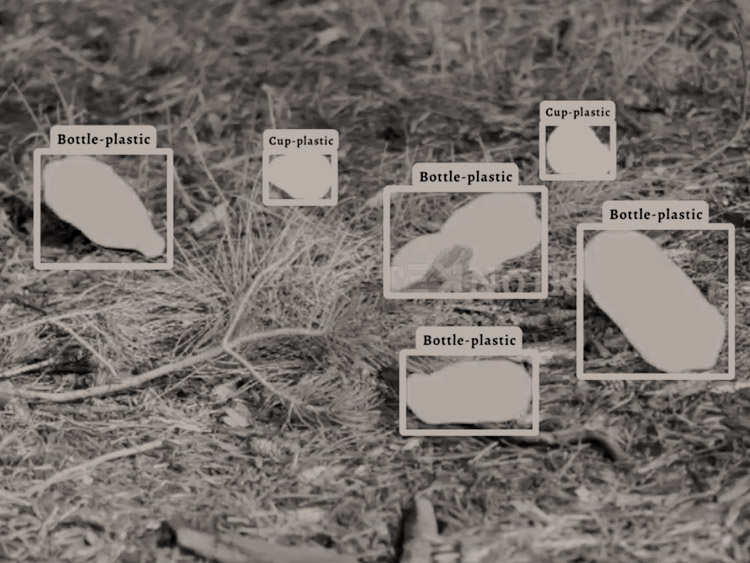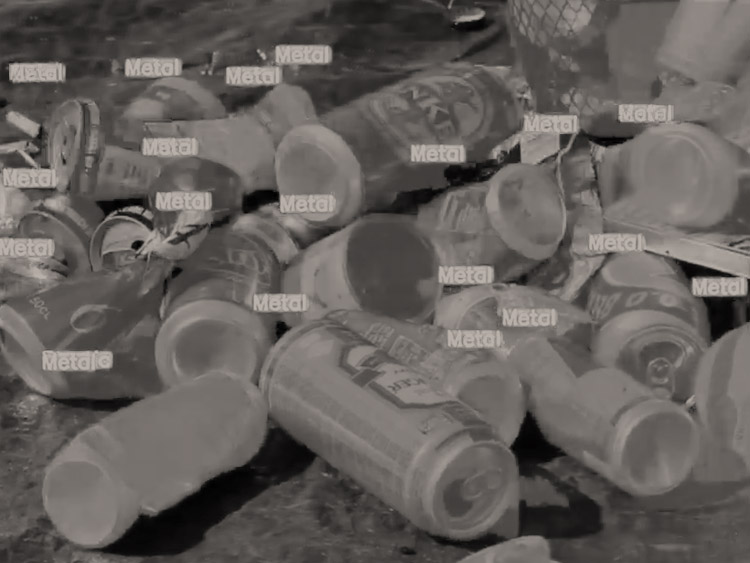Teknoir’s AI Sustainability Detection App is a versatile solution for companies aiming to achieve their ESG (Environmental, Social, and Governance) objectives. It harnesses advanced computer vision techniques, including our suite of deep learning convolutional neural networks (CNNs) and vision language models (VLMs). These models are designed to support a variety of sustainability use cases. What's more, our AI apps are easily deployed on lightweight, wireless computers at the edge, in the cloud, or hybrid cloud-edge, adapting to the unique architecture and computing requirements of each customer.
Teknoir is dedicated to addressing complex operational challenges encountered by businesses striving to meet their Environmental, Social, and Corporate Governance (ESG) objectives.
Our ESG-focused AI vision solution deploys cameras at the edge to autonomously categorize waste and recyclable byproducts while assessing their characteristics, such as material type, size, and quantity. This data equips our clients to make data-informed choices regarding efficient recycling and waste management techniques and to monitor ESG-related Key Performance Indicators (KPIs).
Through the Teknoir platform, businesses can optimize recycling procedures, curtail disposal expenditures, capitalize on fresh revenue streams by reclaiming materials, and fortify their standing as conscientious environmental custodians.
Teknoir’s AI computer vision models can detect and classify recyclable materials in complex settings, such as landfills, processing plant conveyors, etc.
Our AI solutions for waste and recycling help organizations minimize downtime by detecting non-recyclable goods that can damage equipment. We also enable our customers to quantify the impact of their recycling programs for reporting and compliance purposes.

1/2
Recyclable Object Detector

2/2
Semantic Segmentation & Object Recognition
